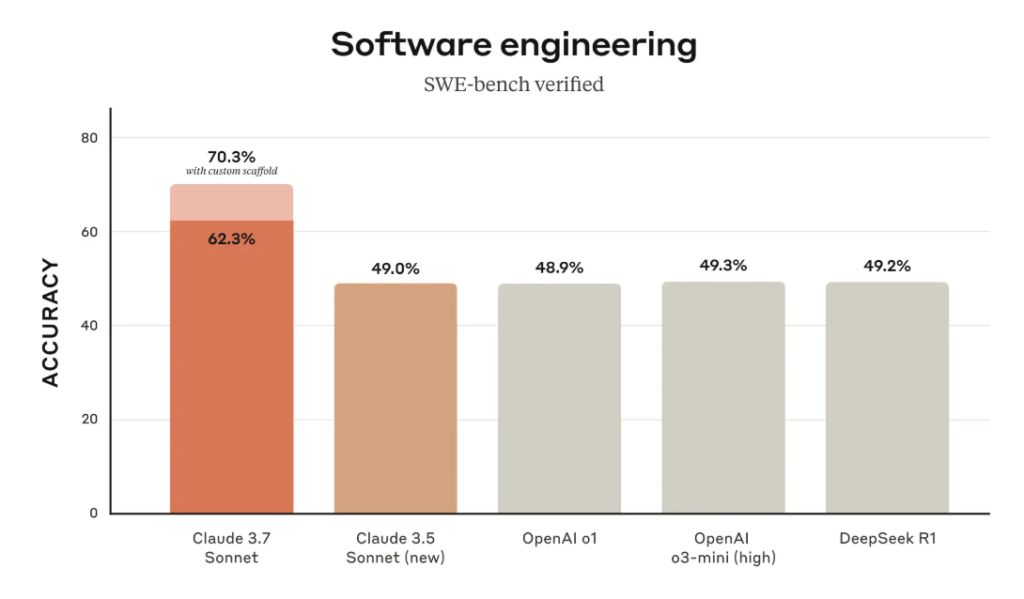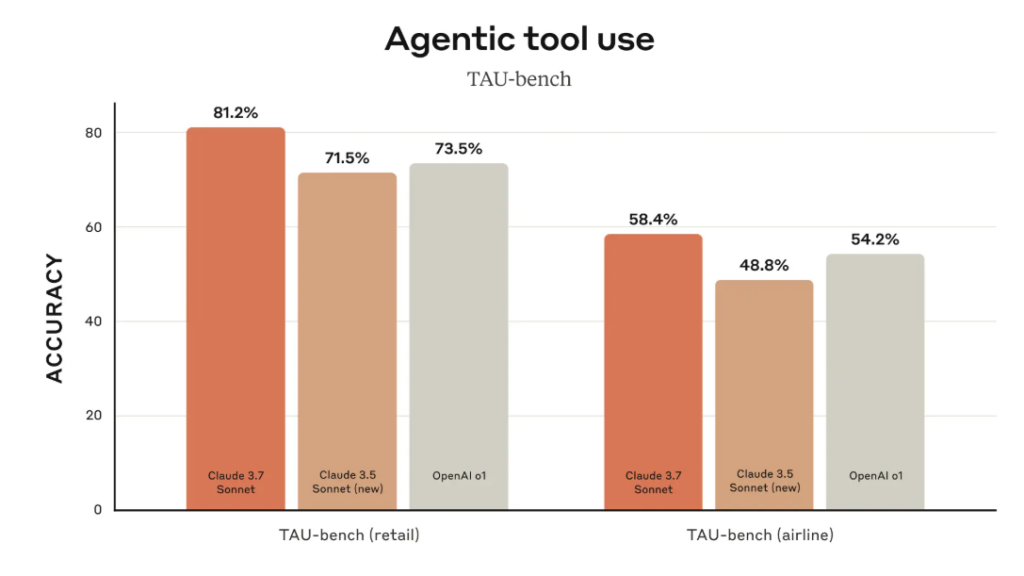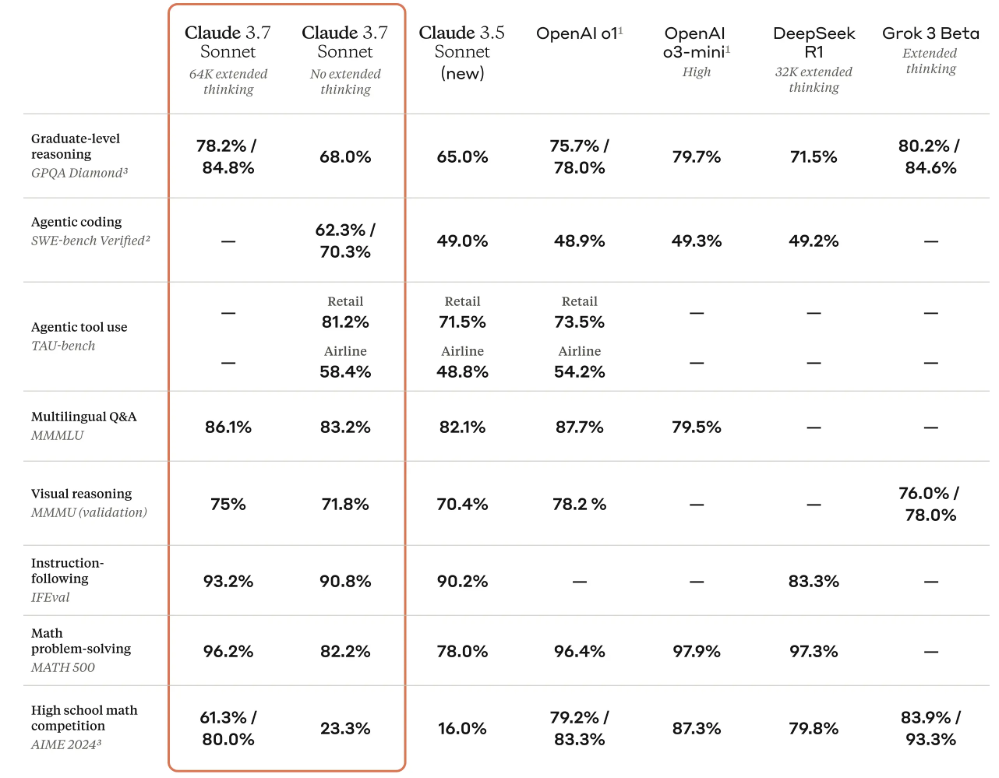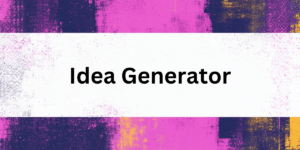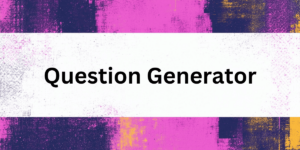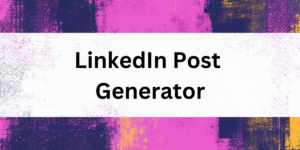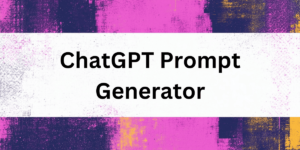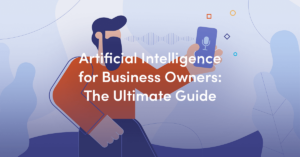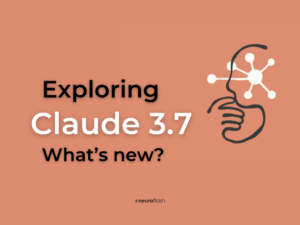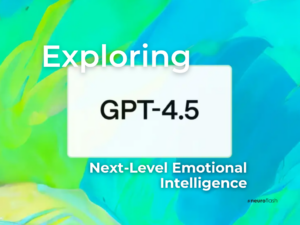Anthropic’s latest release, Claude 3.7 Sonnet, marks a significant milestone in the evolution of large language models. With its innovative hybrid reasoning capabilities, enhanced coding performance, and flexible response modes, Claude 3.7 is setting a new standard for practical AI applications in both enterprise and creative fields. In this article, we’ll dive into the evolution, features, real-world applications, and future implications of Claude 3.7.
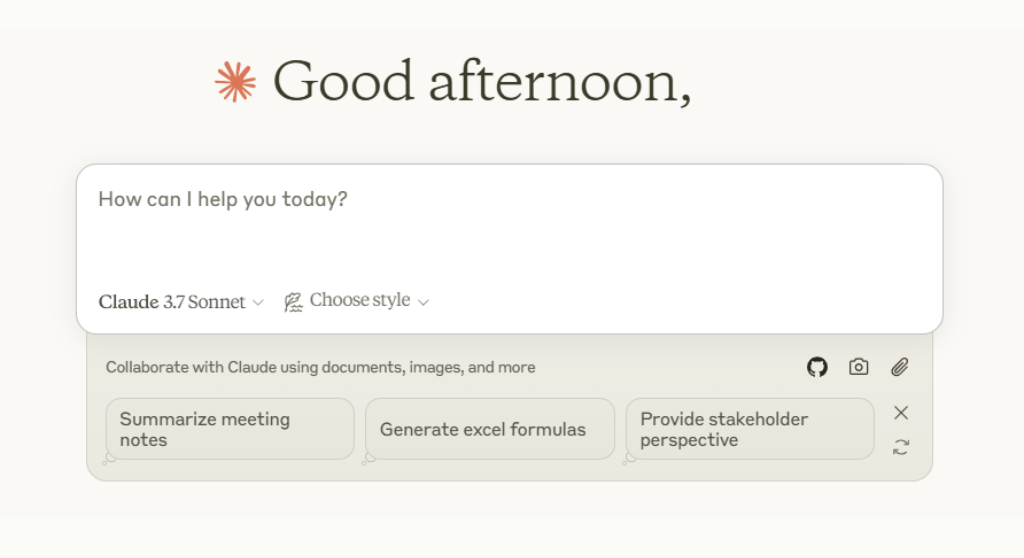
Like its predecessors, Claude 3.7 is designed to be a highly capable language model, adept at understanding and generating human-like text. However, what sets Anthropic apart is their unwavering commitment to creating AI that is not only powerful but also safe and beneficial.
The Evolution of Claude
Anthropic’s journey began with the original Claude model in March 2023, followed by successive improvements—Claude 2, Claude 3, and the notable Claude 3.5 series. With each iteration, Anthropic has focused on enhancing performance, safety, and usability. Claude 3.7 builds on this legacy by integrating what many competitors treat as separate functionalities—combining near-instantaneous responses with a robust, step-by-step reasoning mode in a single, unified model. This hybrid approach allows users to control how much “thinking” the AI does based on the task at hand.
Key Improvements in Claude 3.7
Based on typical updates and general knowledge, here are some of the key enhancements we can expect from Claude 3.7:
1. Enhanced Conversational Ability:
One of the hallmarks of a truly advanced language model is its ability to engage in natural, flowing conversations. Claude 3.7 likely boasts significant improvements in handling multi-turn dialogues. This means it can maintain context over longer exchanges, understand complex, nuanced queries, and provide more coherent and relevant responses. Think of it as having a more natural and intuitive conversation partner.
Claude 3.7’s standout feature is its hybrid reasoning mode. Users can choose:
- Standard Mode: For rapid responses when speed is critical.
- Extended Thinking Mode: For complex tasks that require step-by-step reasoning, where the AI can display its “scratchpad”—a visible chain-of-thought that shows how it arrives at an answer. This feature is particularly useful for solving intricate problems in math, physics, or coding.
“We fundamentally believe that reasoning is a feature of the AI rather than a completely separate thing.”
Explains an Anthropic spokesperson, highlighting the model’s ability to adjust its cognitive depth as needed
2. Improved Reasoning and Accuracy:
At the heart of any effective AI is its ability to reason and provide accurate information. Claude 3.7 is expected to have further refined its reasoning capabilities, allowing it to better understand the intricacies of language and generate responses that are both factually reliable and contextually relevant. This focus on accuracy is crucial for building trust and ensuring that users can rely on the information provided.
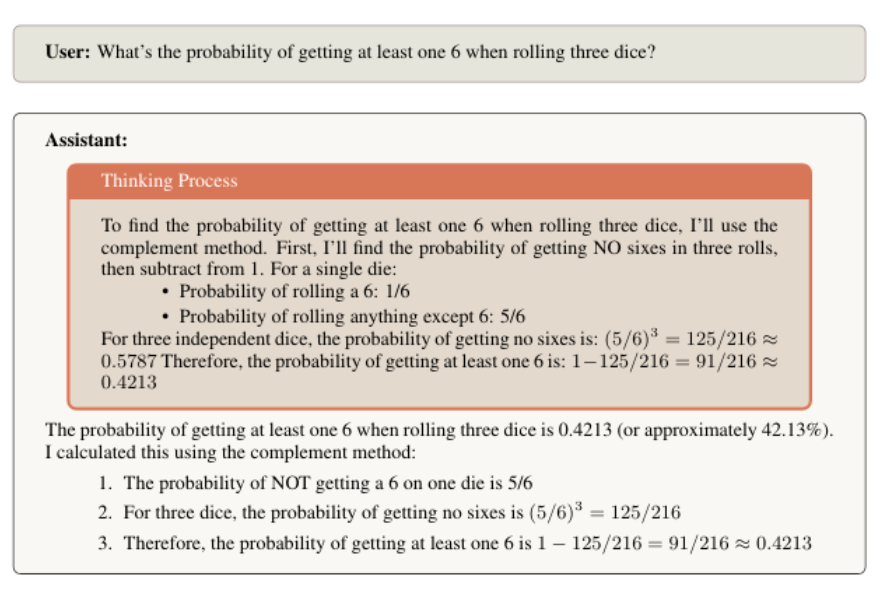
3. Advanced Coding and Agentic Capabilities
Alongside its reasoning prowess, Claude 3.7 shines in coding:
- Claude Code: A new agentic coding tool that enables developers to delegate complex programming tasks directly from the terminal. This tool can search and read code, edit files, run tests, and even push changes to GitHub—streamlining the entire software development lifecycle.
- Benchmarked Excellence: Early tests and benchmarks, such as SWE-bench, have shown that Claude 3.7 outperforms competitors in real-world coding scenarios, making it a preferred choice for enterprise developers
Claude 3.7's Software engineering:
Claude 3.7 Sonnet has achieved a significant milestone, attaining state-of-the-art performance on SWE-bench Verified. This benchmark is crucial for evaluating an AI model’s ability to tackle real-world software issues, specifically those encountered in practical programming scenarios. This achievement highlights the model’s advancement in applying artificial intelligence to practical software development, suggesting its potential for assisting developers in streamlining workflows and improving code quality.
4. Competitive Edge:
In the rapidly evolving landscape of AI, staying competitive is essential. Claude 3.7 is designed to compete with other state-of-the-art language models, offering users a compelling balance between performance and responsible usage. This ongoing pursuit of excellence ensures that users have access to cutting-edge AI technology that meets their needs.
Agentic tool use:
Claude 3.7 has reached a new performance pinnacle, achieving state-of-the-art results on TAU-bench. This benchmark is specifically designed to assess the capabilities of AI agents in navigating complex, real-world scenarios that demand intricate user and tool interactions. By excelling in TAU-bench, Claude 3.7 Sonnet demonstrates a superior ability to understand and execute tasks that involve nuanced dialogue, tool utilization, and the capacity to adapt to dynamic environments. This achievement signifies a substantial advancement in AI’s capacity to handle practical, interactive tasks, showcasing its potential for applications ranging from sophisticated virtual assistants to automated workflow management.
Comparisons with Competitors
In the fiercely competitive AI landscape, Claude 3.7 stands out for its integrated approach:
- Unified Functionality: Unlike models from OpenAI or xAI’s Grok 3—which often require users to switch between separate models for fast responses and in-depth reasoning—Claude 3.7 combines both in one seamless system.
- Performance in Benchmarks: In head-to-head tests, Claude 3.7 has shown superior performance in coding benchmarks and complex reasoning tasks, making it a strong contender in both technical and creative domains.
- Cost Efficiency: With competitive pricing, Claude 3.7 offers high performance without the premium costs seen in some rival models.
Claude 3.7 Sonnet is a highly capable AI, excelling in instruction-following, reasoning, multimodal processing, and agentic coding. Its “extended thinking” feature significantly improves performance in math and science, allowing for deeper problem-solving. This makes it versatile and effective across a broad range of tasks.
5. Focus on Safety and Alignment:
Anthropic’s commitment to safety and alignment is a defining characteristic of their AI models. Claude 3.7 continues this trend by incorporating additional safety guardrails and improvements designed to minimize the risk of generating harmful or misleading outputs. The goal is to ensure that the AI remains aligned with user intentions and adheres to ethical principles.
Anthropic has performed comprehensive testing and evaluation of Claude 3.7 Sonnet, collaborating with external experts to guarantee adherence to their standards for security, safety, and reliability. Furthermore, Claude 3.7 Sonnet demonstrates an improved ability to differentiate between harmful and benign requests, resulting in a 45% reduction in unnecessary refusals compared to its previous iteration.

The system card accompanying this release details new safety findings across multiple categories. It provides a thorough analysis of Anthropic’s Responsible Scaling Policy evaluations, which serve as a resource for other AI research teams.
How to Access
Claude 3.7 is widely accessible through multiple channels, including:
- Claude Web App: Available on the web, iOS, and Android, allowing users to interact with the model directly.
- Anthropic API: Developers can integrate Claude 3.7 into custom applications via the API.
- Cloud Platforms: The model is also accessible through platforms like Amazon Bedrock and Google Cloud’s Vertex AI, ensuring smooth deployment for enterprise solutions.
It is offered on all Claude plans—from Free and Pro to Team and Enterprise—with premium features (like extended thinking mode) available on paid tiers. Anthropic is also previewing Claude Code, an agentic coding tool that lets developers delegate complex coding tasks directly from their terminal.
Pricing
Anthropic’s new model is positioning itself as a highly cost-effective alternative to OpenAI’s o1 model by slashing the per-token cost dramatically.
Here’s a closer look at what this means:
Token-Based Pricing Explained:
Both models charge based on the number of tokens processed—divided into input tokens (the text you send to the model) and output tokens (the text the model generates). Anthropic charges:
- $3 per million input tokens
- $15 per million output tokens
In comparison, OpenAI’s o1 model is priced at:
- $15 per million input tokens
- $60 per million output tokens
Analyzing the Price Difference:
- Input Tokens: Anthropic’s model is priced at one-fifth the cost of OpenAI’s model for input tokens. This means that for every million tokens you send, you’re saving $12.
- Output Tokens: For generated content, the savings are even more pronounced. Anthropic’s cost is one-quarter that of OpenAI’s, saving $45 for every million output tokens.
Transform Your Workflow with neuroflash: The Claude Alternative
Start using neuroflash for free—a flexible, versatile Claude alternative built with the latest GPT technology. Designed for seamless, real-time communication, neuroflash offers you the all-in-one AI solution that supports you from idea generation to content creation and optimization. This advanced AI platform is ideal for businesses and content creators seeking streamlined interactions and reliable performance all with just one software.

While Claude excels in reasoning, neuroflash’s ChatFlash stands out among GPT models for its superior AI text generation and personalization. Experience the power of personalized AI interaction and try ChatFlash for free today!
Conclusion:
Claude 3.7 Sonnet is a game-changing release that seamlessly blends rapid, instinctive responses with deep, step-by-step reasoning. Its advanced coding features and flexible response modes make it an invaluable asset for enterprises, developers, and creative professionals alike. As hybrid reasoning models become the industry standard, Claude 3.7 sets a high bar for what’s possible in AI today—and what we can expect tomorrow.


